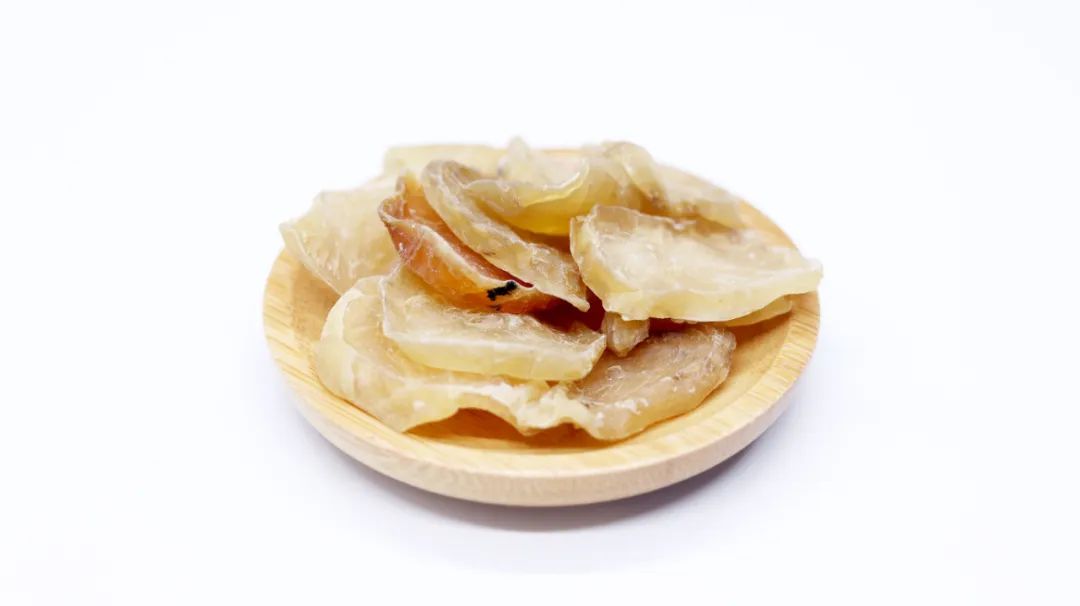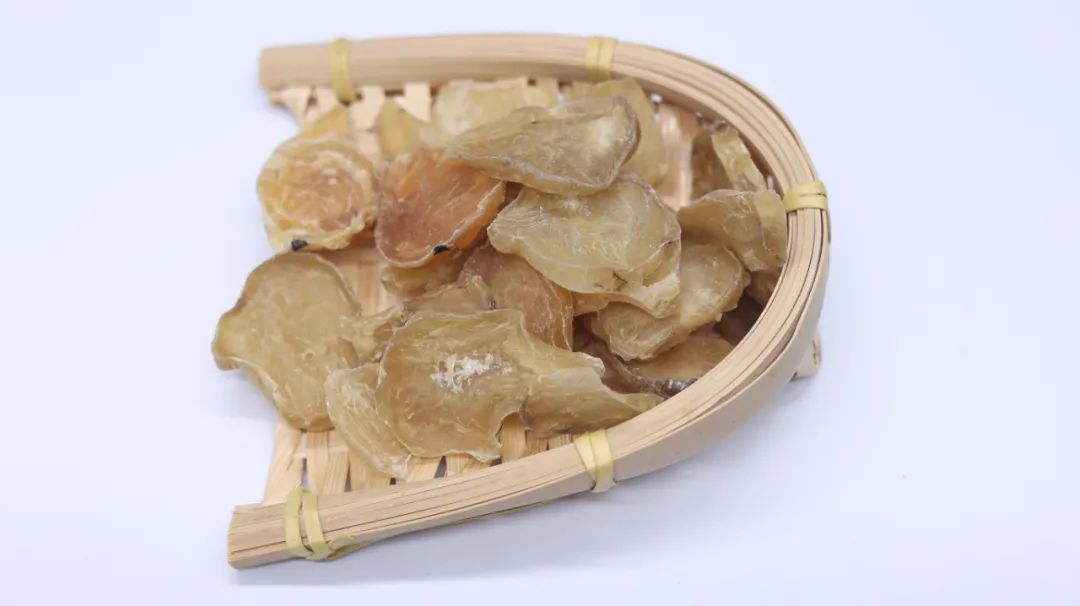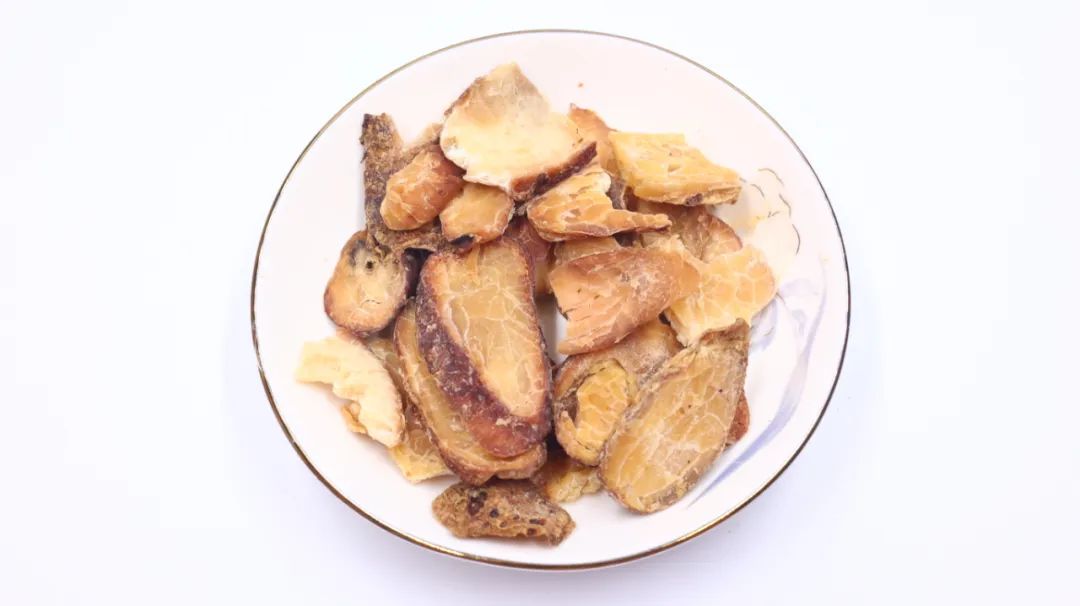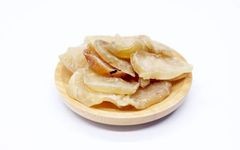
Click the “blue text below the title to follow us
Renowned Sichuan physician Zheng Qinan established an important school of Traditional Chinese Medicine (TCM) that emphasizes nurturing the body’s Yang Qi, known for its adept use of the toxic herb Fuzi (Aconite) to support Yang Qi, hence this school is also referred to as the Fire God School. The Fuzi used in this school is the processed root of the Ranunculaceae plant Aconitum.
In fact, the name Fuzi is also used for another medicinal herb, known as Baifuzi (White Atractylodes), which should not be confused with the white version of Fuzi, as there are significant differences between the two.

Fuzi, as previously mentioned, is a processed product of the root of the Ranunculaceae plant Aconitum. Depending on the processing method, it can be referred to as salt Fuzi, black Fuzi slices, or white Fuzi slices.Fuzi has a pungent and sweet taste, is extremely hot in nature, and is toxic, entering the Heart, Kidney, and Spleen meridians. It has effects such as tonifying fire and assisting Yang, reviving Yang from collapse, and expelling wind, cold, and dampness. The typical dosage for decoction is 3 to 15 grams.
According to the Eighteen Contradictions, Fuzi should not be used in conjunction with Banxia (Pinellia), Guo Lou (Trichosanthes), Tianhuafen (Trichosanthes Root), Beimu (Fritillaria), Baijie (Bletilla), and Bai Ji (Bletilla). Improper processing or excessive dosage can lead to poisoning, and it is contraindicated for pregnant women.
Despite its toxicity, Fuzi remains a crucial herb in TCM. Its primary function is reviving Yang from collapse, suitable for treating Yang deficiency syndrome.

What is Yang deficiency syndrome?
In TCM, Yin and Yang are interdependent; the existence of one relies on the other. If there is excessive vomiting, sweating, or diarrhea, leading to Yang being lost with Yin, the patient may exhibit cold limbs, weak pulse, and near collapse, indicating that the Yang Qi of the Heart and Kidney has declined to an extreme, and Fuzi is the “first choice for reviving Yang from collapse.”
In addition, Fuzi also has the function of tonifying fire and assisting Yang, which includes tonifying Kidney Yang to treat impotence, cold uterus infertility, cold pain in the lower back and knees, and frequent urination at night; tonifying Spleen Yang to treat cold abdominal pain, nausea, vomiting, and diarrhea; and tonifying Heart Yang to treat chest pain, palpitations, and shortness of breath due to Heart Yang deficiency.
Fuzi also has excellent dispersing cold and alleviating pain effects, primarily used for treating wind-cold-damp obstruction, with joint pain throughout the body, especially suitable for cold conditions, but generally needs to be combined with warming and damp-expelling herbs.
While Baifuzi only differs by one character from Fuzi, it is fundamentally unrelated. Baifuzi is the dried tuber of the Araceae plant, also known as Yubai Fuzi.Baifuzi has a pungent taste, is warm in nature, and is toxic, entering the Stomach and Liver meridians. It has effects such as expelling wind and phlegm, calming convulsions, and detoxifying and dispersing masses to alleviate pain.

Internally, it can treat phlegm obstruction due to stroke, facial paralysis, slurred speech, phlegm-induced headaches, both types of headaches, and throat pain; externally, it can treat scrofula, phlegm nodules, and snake bites. The typical dosage for decoction after processing is 3 to 6 grams, while for external use, the fresh product can be crushed and boiled into a paste or ground into powder and mixed with wine for application to the affected area. It is contraindicated for those with blood deficiency leading to wind, internal heat leading to convulsions, and pregnant women.
Fuzi is a warming interior medicine, while Baifuzi is a medicine that warms and transforms cold phlegm, primarily used for treating wind-phlegm obstructing the meridians, facial paralysis due to stroke, and can be combined with scorpion and silkworm, such as in Qianzheng San; for treating convulsions and epilepsy, it can be combined with Tianma (Gastrodia) and Gou Teng (Uncaria); for treating tetanus with tight lips, it can be combined with Fangfeng (Siler) and Tianma; for treating migraines, it can be combined with Baizhi (Angelica) and Chuanxiong (Ligusticum).
Baifuzi’s mass-dissolving and detoxifying effects can be used for treating phlegm nodules and scrofula by applying the fresh product externally; for treating carbuncles and toxic swellings, it can be combined with Tian Nansheng for external application; for treating snake bites, it can be used alone for juice extraction for internal use and external application, or combined with realgar powder mixed with water or white wine for application to the affected area.
“Star mark We grow together
Click the lower right to see and click the upper right 【…】 to share
is the best support for us
Related Statement
1. Health science popularization is for reference only; if you feel unwell, seek medical attention promptly, and do not blindly try medications.
2. This platform encourages freedom of speech; selected comments do not represent the platform’s stance.
3. All images and texts are original and authorized works; please do not use without permission.


